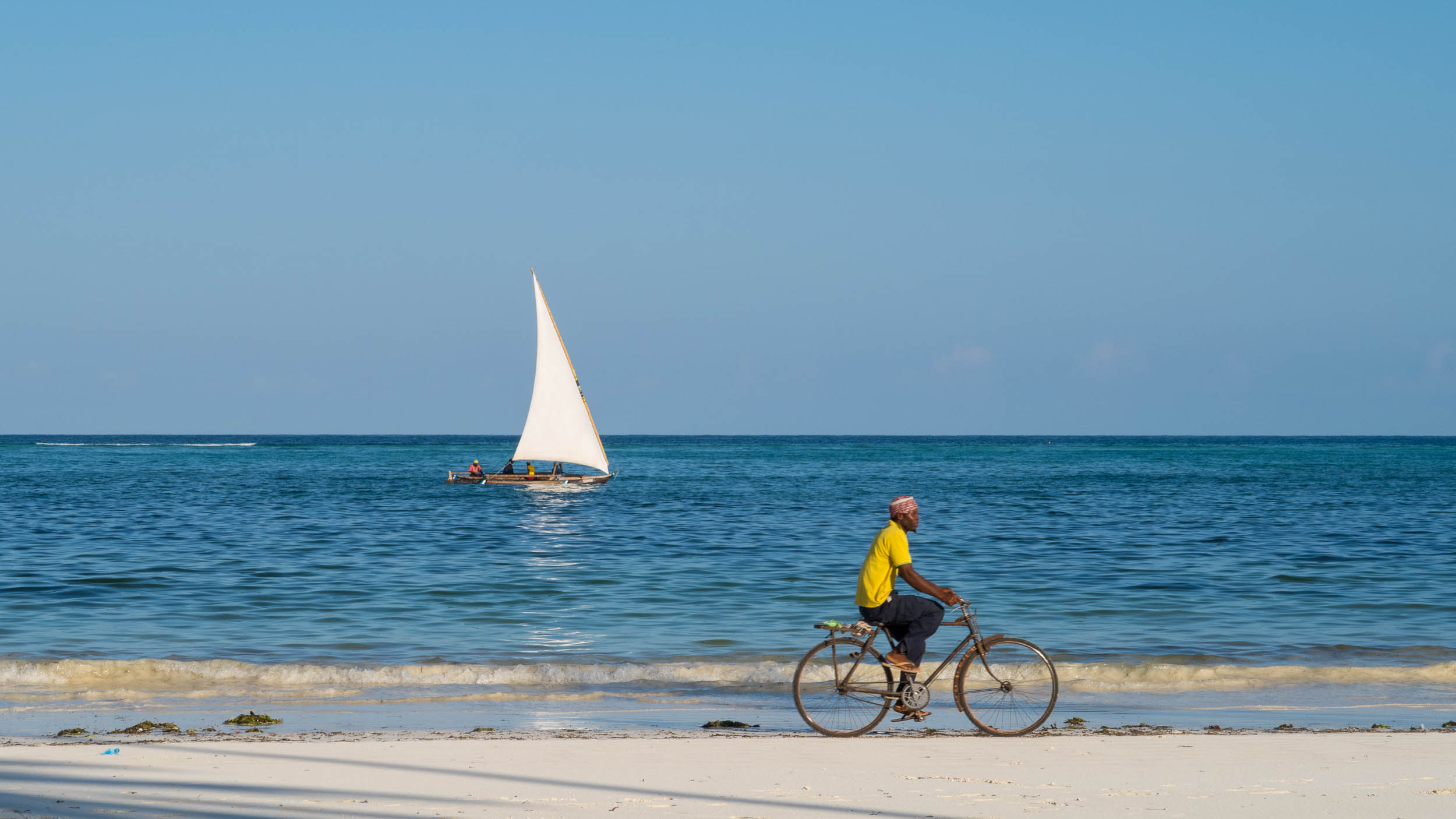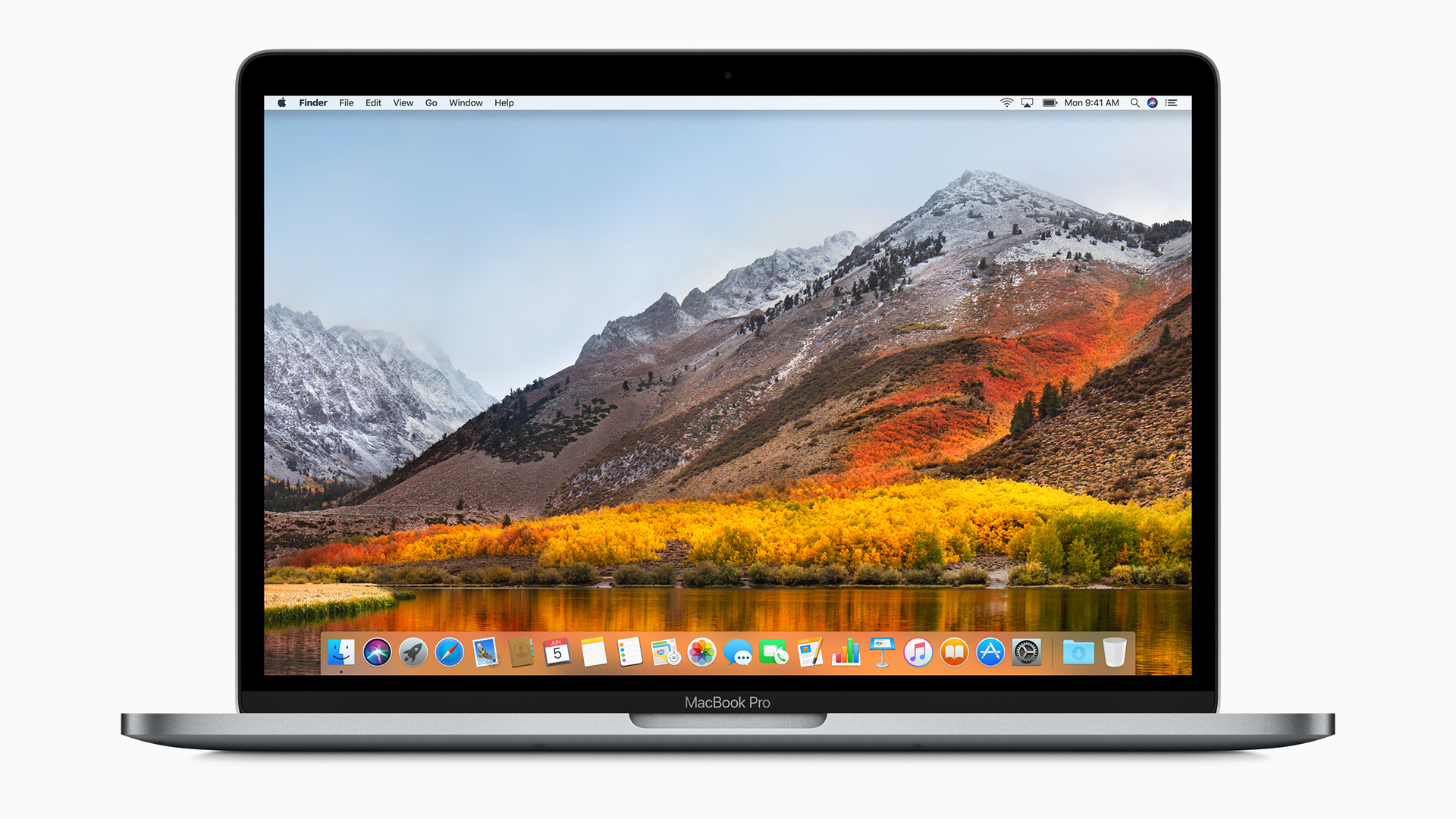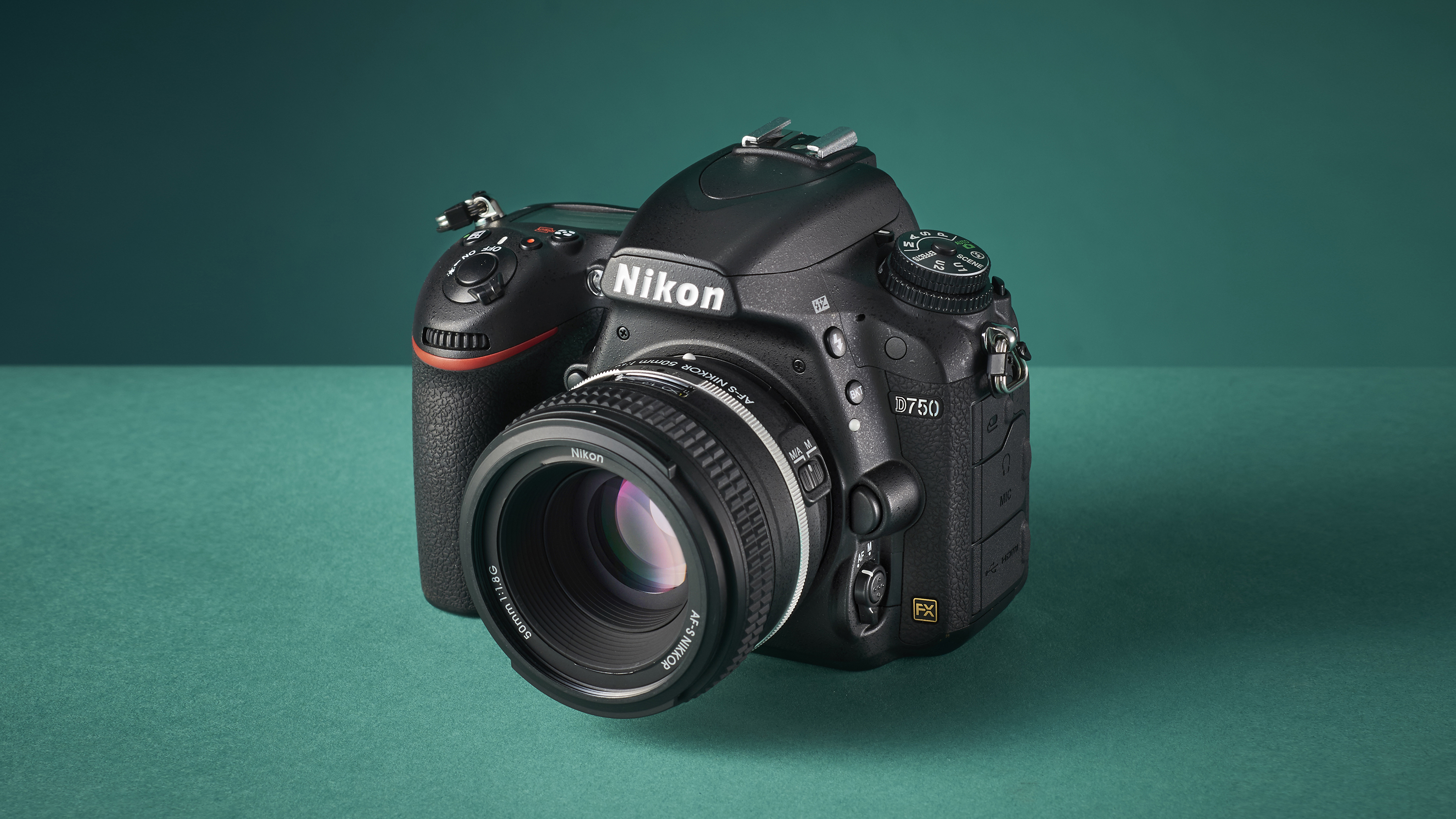33 travel photography tips you shouldn’t leave home without
Essential travel photography tips and tricks

With the holiday season upon us, there's no time like the present to hone your photographic skills to enable you to capture glorious travel photography fit for a gallery wall - or at least pride-of-place in your living room!
But the variation of subject matter and lighting conditions you'll be greeted with while overseas can be daunting to capture successfully, especially if you're juggling quality time with your family against quality time with your digital camera!
That's why we've put together no less than 33 tried-and-tested travel photography tips to guide you through the best ways to tackle photography while on the road - all from personal experience!
We start with crucial travel photography tips for planning and preparing for your trip. Then there are essential camera skills, from aperture choice to metering; clever photographic techniques, from composition (read our 10 rules of photo composition - and why they work) to using filters, as well as creative techniques to master, from stunning silhouettes at sunset to picturesque panoramas.
Plus there are tons of quick photography tips to help you while on vacation, including what lenses to consider, how to shoot better candid portraits and what to photograph when it's raining.

Travel Photography Tips: Planning
Tip 1: pack just what you need
Only take kit you'll need for your chosen location. For example, it's pointless taking mosquito repellent to a desert. With more weight restrictions on airlines, pack only the clothes you will wear - then take half of them out as you will survive without them! On one trip, I'd missed the check-in time so I couldn't check my bag, so I quickly stuffed my clothes down the sleeves of my coat and wore the rest on the plane.
Get daily insight, inspiration and deals in your inbox
Sign up for breaking news, reviews, opinion, top tech deals, and more.
Tip 2: research the location
Find out as much as you can about your destination by reading up on practical guidebooks, such as Lonely Planet or Rough Guides. The internet is also invaluable, with many specialist websites giving in-depth information about even the most off-the-beaten-track locations. Read forums for other people's first-hand experiences, especially on how to access difficult areas for photography and what time of year is best to go.
Tip 3: batteries
Don't forget battery chargers for your camera and mobile phone - and a travel adaptor.
Tip 4: laptop
A laptop is great for backing up images, keeping in contact via Skype or email, as well as rudimentary image editing.

Tip 5: portable hard drive
A portable hard drive is essential for making a secondary backup, in case the laptop gets stolen.
Tip 6: fleece
A Gortex zip-out, fleece-lined jacket is especially useful - even in summer. It has loads of pockets for survival essentials such as a torch, waterproof trousers, and a Gerber multi-tool.
Tip 7: smartphone apps
My Flight Logistics sunrise/sunset calculator tells me exactly where the sun will rise or set, anywhere, at any time of year.
Tip 8: take the right kit
There is nothing worse than discovering that you need that lens you left at home. Remember to take essential kit for the destination you are going to.

Pack a small bag with a basic kit including: DSLR body; good lightweight tripod; a wide-angle zoom, such as a 10-24mm or 16-35mm; a mid-range zoom such as a 24-70mm; a telephoto zoom, such as a 70-200mm; a cable release; polarising filter; and possibly a couple of ND grad filters.
If you want to travel even lighter, a mirrorless camera like the Fujifilm X-T20 would be a great choice, along with a selection of compact prime lenses.
If there's room, include a 1.4x tele-extender and a macro lens. When flying, always take your equipment as carry-on luggage: if it's overweight, put some lenses in your coat pockets. They don't weigh people - yet!
Tip 9: book hotels with great views
I always book hotels, B&Bs or villas because of the location or the view. Why make life difficult, travelling to scenic viewpoints, when you can shoot right from your window? I once booked a hotel in Barbuba called the Beach House just for the view from the rooms overlooking the beach.
What sold it to me was the hammock and the whole essence of the location. Use TripAdvisor to get honest guest reviews of the hotels - they often even recommend the best rooms for views.

Tip 10: the internet
You'll find everything you want to know about a holiday location, and probably quite a lot that you don't want to know!
Tip 11: postcards
Local postcards will point you in the direction of lesser-known places, as well as the iconic travel locations.
Tip 12: tourist information offices
Tourist information offices employ local people who will have insider knowledge about the area.
Tip 13: Google Earth
Google Earth is great for finding out how to get to locations and discovering likely viewpoints.
